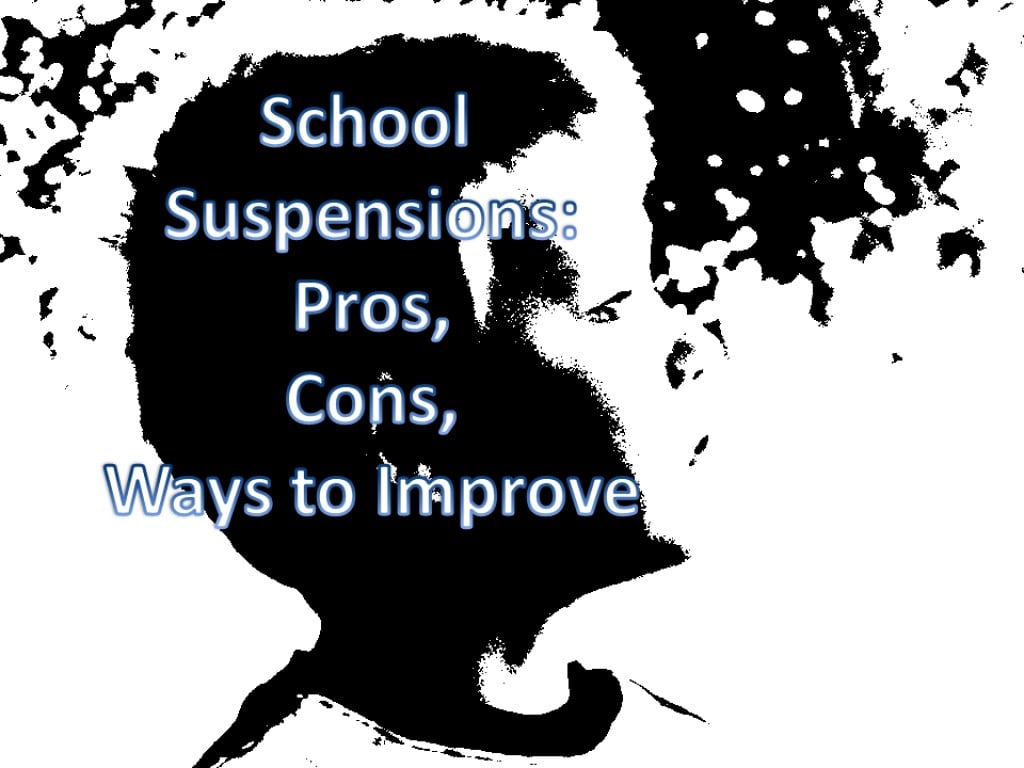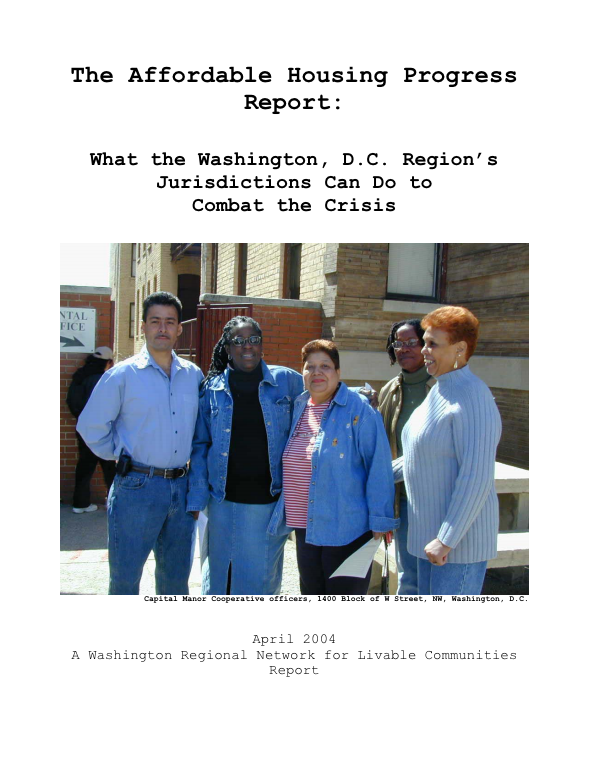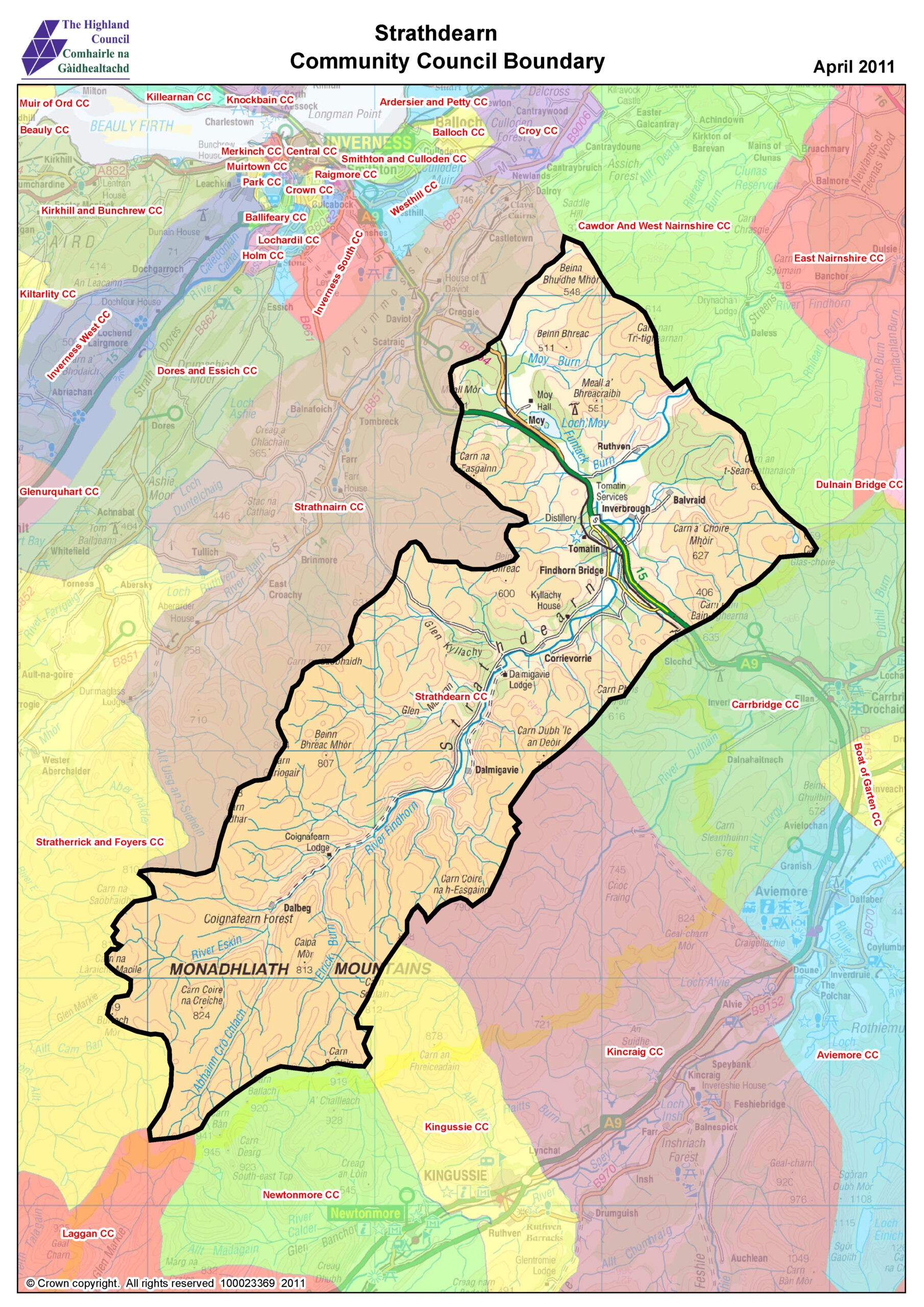The Negative Impact Of School Suspensions On Students And Communities

Table of Contents
Academic Consequences of School Suspensions
School suspensions inflict substantial damage on a student's academic trajectory. The immediate and long-term consequences significantly impact their educational journey and future opportunities.
Increased Absenteeism and Falling Grades
Suspensions directly translate to missed classes, disrupting learning and making it difficult for students to catch up on missed material. This leads to a decline in grades and overall academic performance.
- Correlation with Graduation Rates: Studies show a strong correlation between high suspension rates and lower graduation rates. Students who are frequently suspended are far less likely to complete their education.
- Impact on Standardized Test Scores: Missed instructional time due to suspensions negatively impacts performance on standardized tests, further hindering future educational and career opportunities.
- Reintegration Challenges: Returning to school after a suspension can be challenging. Students often face social and academic reintegration difficulties, requiring extra support to get back on track. The disruption caused by school suspensions creates a significant hurdle to academic success.
The Cycle of Suspension and Educational Disadvantage
Repeated school suspensions create a vicious cycle. Students who are frequently suspended become increasingly disengaged from school, leading to further behavioral issues and more suspensions. This cycle disproportionately affects marginalized students, exacerbating existing educational inequalities.
- Disproportionate Impact on Marginalized Students: Students from minority groups and low-income backgrounds are suspended at significantly higher rates than their peers, contributing to the school-to-prison pipeline.
- Link to the Juvenile Justice System: Frequent suspensions can lead to increased involvement with the juvenile justice system, creating long-term negative consequences.
- Long-Term Effects on Earning Potential: The negative impact of school suspensions extends beyond formal education. Students who leave school early or struggle academically due to repeated suspensions often have lower earning potential in adulthood.
Social-Emotional Impact on Suspended Students
The emotional toll of school suspensions is substantial, impacting students' mental health and social well-being. The isolation and stigma associated with suspension can have long-lasting consequences.
Mental Health Challenges
School suspensions are strongly linked to increased rates of anxiety, depression, and other mental health issues in students. The feeling of being punished and excluded from the school community can significantly impact a child’s mental well-being.
- Statistics on Mental Health of Suspended Students: Studies consistently show a higher prevalence of mental health challenges among suspended students compared to their peers.
- Impact on Self-Esteem and Sense of Belonging: Suspension damages a student's self-esteem and sense of belonging within the school community. This can lead to feelings of isolation, worthlessness, and hopelessness.
- Potential for Increased Risky Behaviors: Students who are suspended may be more likely to engage in risky behaviors, such as substance abuse or delinquency, due to feelings of anger, frustration, and alienation.
Strained Relationships and Social Isolation
Suspensions damage relationships with teachers, peers, and family members, exacerbating feelings of social isolation and alienation. The disruption caused by school suspensions can make it difficult for students to rebuild these crucial relationships.
- Impact on Sense of Community and Belonging: Suspension undermines a student’s sense of community and belonging, impacting their social-emotional development.
- Challenges of Social Reintegration: Reintegrating socially after a suspension can be extremely difficult, potentially leading to further social isolation and bullying.
- Increased Bullying or Victimization: Students who have been suspended may be more vulnerable to bullying or victimization, further compounding the negative impact of suspension.
The Broader Community Impact of School Suspensions
The consequences of school suspensions extend beyond the individual student, impacting the entire community and placing significant strain on public resources.
Increased Strain on Public Resources
School suspensions represent a significant financial burden on schools and communities. The administrative time, involvement of law enforcement, and potential involvement with the juvenile justice system all contribute to the substantial cost.
- Financial Burden on Schools and Communities: The cost of suspensions includes administrative time, potential legal fees, and the resources required for alternative placements or support services.
- Opportunity Cost: The resources dedicated to handling suspensions could be better utilized to support students academically and emotionally, improving overall educational outcomes.
Impact on Community Safety
Contrary to the intention, school suspensions can inadvertently contribute to increased crime rates and community unrest. Unsupervised students may engage in risky behaviors or criminal activities, negatively impacting community safety.
- Link Between School Suspensions and Youth Crime: Studies suggest a correlation between school suspensions and increased rates of youth crime and delinquency.
- Schools' Role in Community Safety: Schools play a critical role in community safety, and suspending students can undermine this role by removing them from a structured and supportive environment.
- Need for Alternative Disciplinary Approaches: Restorative justice practices and alternative disciplinary approaches that focus on support and rehabilitation are crucial for improving community safety and fostering positive student outcomes.
Conclusion
School suspensions have far-reaching negative consequences for students and communities. The academic, social-emotional, and community-wide impacts clearly demonstrate the need for a shift in disciplinary approaches. By understanding the detrimental effects of school suspensions and advocating for change, we can create safer and more supportive learning environments for all students. Let’s work together to find more effective and humane ways to address student misbehavior and build stronger, healthier communities. We must move beyond the detrimental effects of school suspensions and embrace alternative solutions that prioritize restorative justice and support student well-being. Let's advocate for policies that reduce reliance on suspensions and instead invest in positive behavioral interventions and supports (PBIS) and increased funding for mental health services in schools. Reducing the reliance on school suspensions is crucial for creating a better future for our students and communities.

Featured Posts
-
 T Mobile Penalized 16 Million For Repeated Data Breaches
May 03, 2025
T Mobile Penalized 16 Million For Repeated Data Breaches
May 03, 2025 -
 A Place In The Sun Navigating The International Property Market
May 03, 2025
A Place In The Sun Navigating The International Property Market
May 03, 2025 -
 Labour Councillor Defects To Reform A Seismic Shift In Politics
May 03, 2025
Labour Councillor Defects To Reform A Seismic Shift In Politics
May 03, 2025 -
 Joseph Tf 1 Et La Creme De La Crim Succes Et Analyse
May 03, 2025
Joseph Tf 1 Et La Creme De La Crim Succes Et Analyse
May 03, 2025 -
 Christina Aguilera Fan Faces Backlash After Inappropriate Kiss
May 03, 2025
Christina Aguilera Fan Faces Backlash After Inappropriate Kiss
May 03, 2025
Latest Posts
-
 New Affordable Homes For Strathdearn Tomatin Schoolchildren Participate In Groundbreaking Ceremony
May 04, 2025
New Affordable Homes For Strathdearn Tomatin Schoolchildren Participate In Groundbreaking Ceremony
May 04, 2025 -
 Affordable Housing Progress In Tomatin Strathdearn Project Begins
May 04, 2025
Affordable Housing Progress In Tomatin Strathdearn Project Begins
May 04, 2025 -
 Tomatin Pupils Celebrate Groundbreaking Of New Affordable Housing In Strathdearn
May 04, 2025
Tomatin Pupils Celebrate Groundbreaking Of New Affordable Housing In Strathdearn
May 04, 2025 -
 Netherlands Considers Bringing Back Ow Subsidies To Stimulate Competition
May 04, 2025
Netherlands Considers Bringing Back Ow Subsidies To Stimulate Competition
May 04, 2025 -
 Strathdearn Community Project Reaches Milestone Tomatin Affordable Housing
May 04, 2025
Strathdearn Community Project Reaches Milestone Tomatin Affordable Housing
May 04, 2025
